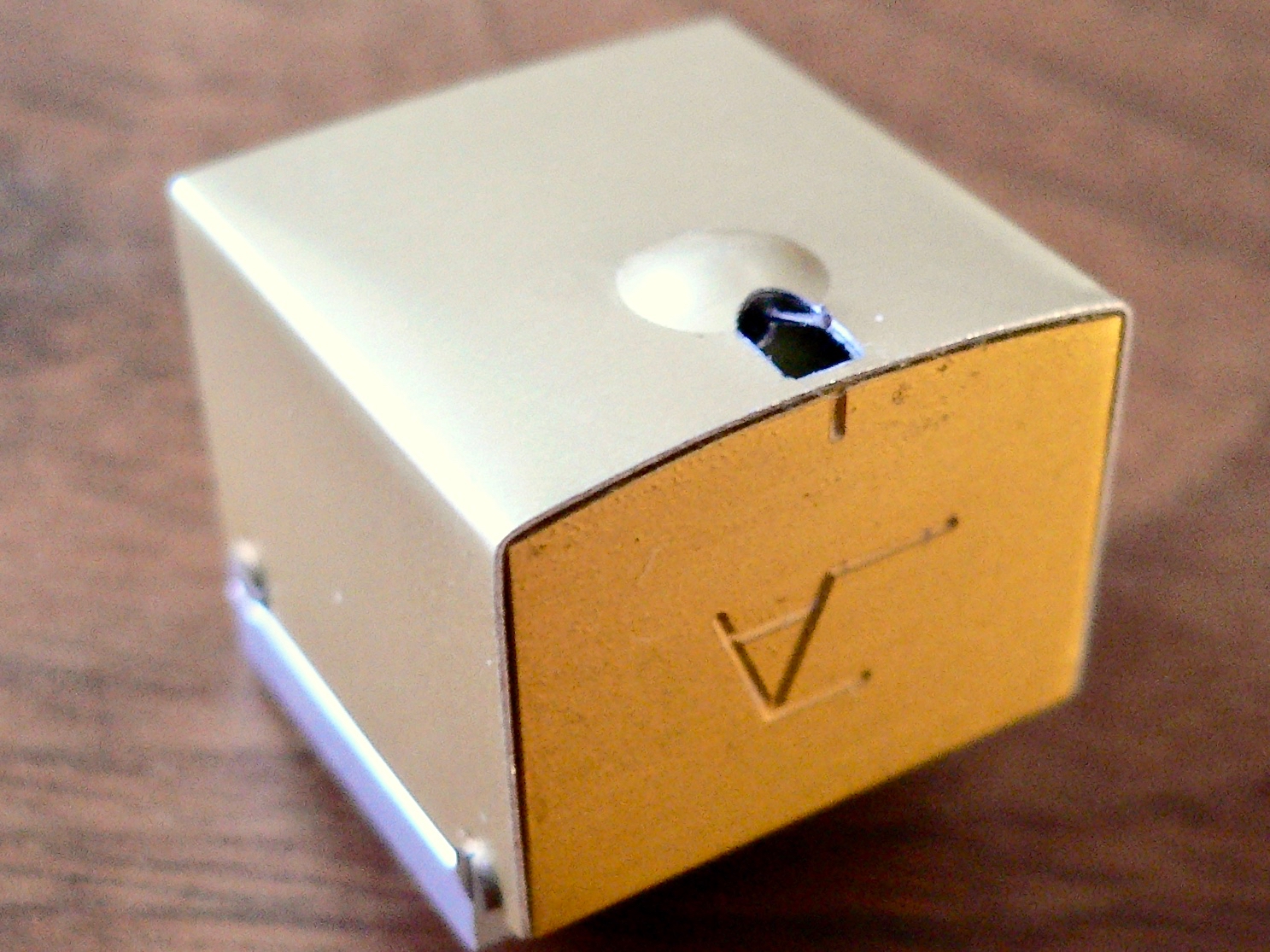Belgian chocolate candy
Jan Allaerts is a cartridge master builder from Belgium.
A Legend in the history of High End audio!
As Belgian chocolate candy and other world famous sweets from this little European country, the Allaerts cartridge is wrapped in a very noble golden outfit, packed in a sort of chocolate or jewelry box. The beautiful appearance is just the foretaste of what you can expect sound wise….
To listen to such a rare audio exotic is for most of the audiophile world something which is seldom possible, because Jan has a very limited production output (he builds every cartridge by hand), and therefore those cartridges are not widely spread in the market. If you once listened to a cartridge like the MC1 Boron or even a higher classed moving coil out of his workshop, you will never forget that experience – and you won´t sleep till you have one for yourself…
Looking closer
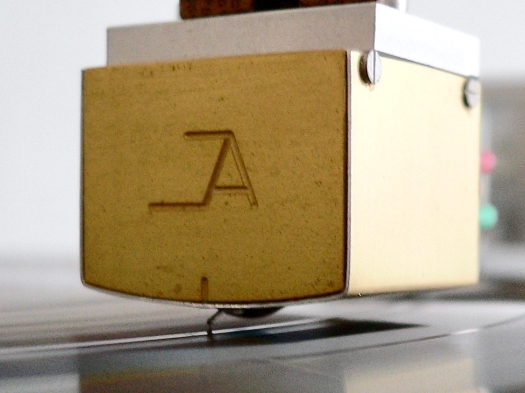
The technical data Jan publishes on his webpage is in some aspects hard to believe. You will find informations about the tracking ability of the MC1 Boron which tells you, that 200 mü/mm will be possible and also the channel separation of 50db at 1 Khz is a figure seldom seen in this context. These superlatives would not mean, that such a cart would sound exceptional, but I have found nothing comparable with any other cartridge manufacturer – and if you talk to Jan, he is rooted in the soil and not one of these braggarts with are not so rare in the audio scene, instead you have a very modest person in front of you.

The MC1 Boron has a motor unit which is based on an EMT developement – Jan modifies this classic in every aspect except the internal resistance of around 20 Ohm per channel (the original EMT has 20 Ohm, Jans self wound coils have 22 Ohm internal resistance). The cartridge uses a boron cantilever which is equipped with a Geyger special polished diamond tip. The coils are hand wound using incredible fine wire on a 2mm x 2mm soft iron square. The basic housing is made of solid brass wich is completed with a 0,3mm thin brass cover coated with a 24ct gold foil. The latter acts like a Faraday cage! In opposite of what some very “experienced” high end freaks will tell you – let the case were it belongs and do not strip the cartridge down – I know something naked has its charms – but not in this case….;-)) Jan uses 14kt massive gold connection pins – which is as far as I know unique in that area and guarantees a perfect contact between your tonearm – wire – plugs and the cart itself.
Jan Allaerts did a lot of research in the field of the molekular structure of different materials and found out that material wich is not stressed during its manufacturing process makes it a better electrical conductor. The pole shoes of the magnetic circuit are handmade to avoid any changes in their molecular structure and Jan uses rare earth magnets (Alnico) which are rechargeable if after a long time of use, they once loose their magnetic energy.
As you might guess the attention to every single detail is unbelievable – Jan must be a perfectionist in its purest form!
Matching with a tonearm
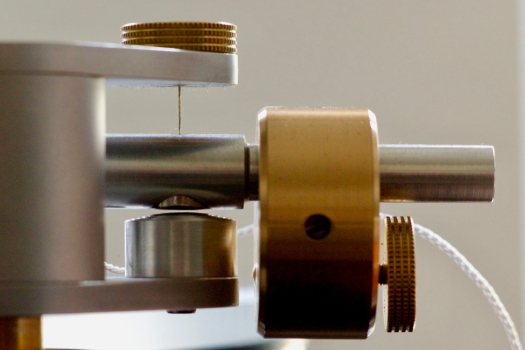
The cartridge has a compliance of 12cu, which means that you need an arm in the so called medium heavy class – which meets the specs of most of what is on the market today. That does not mean that every tonearm in the medium heavy class is appropriate to get the full performance which this cart is capable of – far from that. If you google Jan Allaerts cartridges you will see a lot of illustrations showing an Allaerts matched with a tonearm from Simon Yorke or Frank Schröder.
As I own a Schröder Reference it was a logical consequence to pair this arm with the MC1 Boron – actually the presence of the Reference arm was my inducement to get such a cart….. My Reference arm has a effective mass of 13g with the usage of the “Certal” (special aluminium) headshell plate which is in terms of the effective mass a perfect match…
I think Jan uses beside Simon Yorke tonearms also the SME Series V to develop his cartridges, so this tonearm will be also a great opportunity to listen what an Allaerts cart has to offer.
The MC1 Boron needs a very precise VTF (Vertical Tracking Force) adjustment – Jan pretends you just a range of +/- 0,1g – which makes the usage of a digital gauge and some endurance indispensable! The VTA (Vertical Tracking Angle) should be set at the beginning in a way that the top of the cartridge will be set parallel to the record surface – from that point on there might be small – or better – very small corrections necessary – the MC1 Boron reacts very sensitive in that regard!
If the sound tends to become some glare, you have to adjust the tail of the tonearm slightly down – if there is too much “bloom” in the upper bass and midrange, the armwand must be slightly raised.
A good sign that you nailed the sweet spot is a wet, smooth and extremely detailed treble performance with the absence of any harsh sound artifacts a pinpoint accuracy in rendering recorded space as also a very, very natural reproduction of the human voice.
The cartridge should be used with 100 Ohm termination with an active phono stage and is also a fantastic match to a 15:1 step up transformer. Both possibilities sound somewhat different, with the usage of an active phono stage you will get a more spacious and open sound with tremendous dynamic abilities together with a bass punch which is terrific. As the output of the MC1B gives you a very healthy signal of 0,5mV the usage of a step up transformer is not essential – you will gain with a step up transformer a better wholeness of the music, but you will loose some of the dynamic abilities and also the delicate openess will be restricted.
As I am a big fan of using step up transformers together with moving coil cartridges to maintain enough noise free gain, I would give preference in this case to a full active phono stage. In my setup I use an Air Tight ATE 2005, which offers on one of its three phono inputs a Class A transistor headamplifier, which is fed into a full tubed MM stage, a very nice combination!
Azimuth
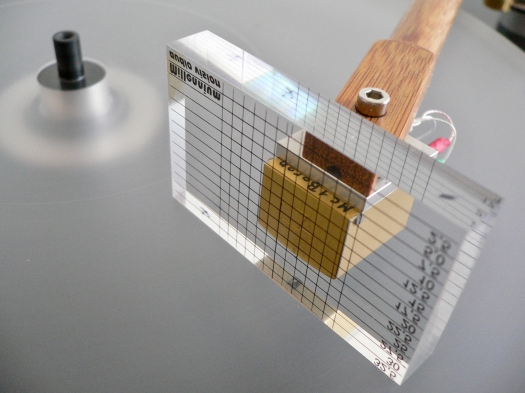
As the Frank Schröder Reference tonearm has not a fixed headshell / azimuth as an SME series V, you have to dial in the correct azimuth whenever you change a cartridge. To explain the adjustment of this very, very important parameter we will use a record with a vocal performance placed in the mono center of the stage. A good help will be strong produced sibiliants on that record. A perfect aligned speaker system and good roomacoustics is a must in this case, also you should place yourself exactly in the sweetspot of your speakers. Start the adjustemt using a gauge, which is normally a plexiglass block with engraved parallel lines on it – place the block in front of your cartridge and drop the needle on the naked platter or the record surface. If your platter has a slight bowl shape – this method has to be refined – in this case you need a piece of thin glass (the makeup mirror of your girlfriend or wife comes on handy…..;-))) which reaches nearly from the center of the platter to its outer section.
Now use a good magnifying glass (I use one which is made for watch makers) and get a fix on the horizontal planes of your cartridge. If that is not precise enough, use a pencil mine, which you have to place on top of a horizontal aligned part of your cart – look again through your magnifier – every little variation is now easy detectable!
Adjust your azimuth accordingly!
If you finished this basic adjustment you ave achieved an azimuth of 0° – if the stylus is perfectly aligned you are finished know – if there is a slight offset implemented with your cart, you have to listen carefully… A wrong azimuth adjustement is clearly detectable – you get sibiliances of the human voice wich are not anymore placed in the mono center, they will move very, very fast between the channels – reverbs, which are isolated (last snare drum on a ballad for example) do not vanish symmetrically – and the whole sound is comparable to an out of focus camera lens . A good sign, that the azimuth is not correctly adjusted is also the achievable quietness of the cartridge tracking the grooves. If you will detect an abnormal raise in the noisefloor, it will be a good sign that your azimuth adjustment is not spot on. Adjustemts have to be made in tiny steps – so, please be patient – azimuth adjustments needs a lot of time, and some experience.
Another possibility is to measure the correct azimuth – for that you need an Oszilloscope in X/Y depiction and a very, very good produced test record (Ortofon 001).
I am not a big fan of software based systems – because these have to deal with the sound card of your computer – if you do not spent serious money to get something professional, you have a measurement system equipped with minijacks and computer based AD converters.
If you spend serious money and you have a good sound card which is calibrated, you could use a professional Hard Desc Recording software as Avid Pro Tools – with the software package comes a bunch of measurement tools, which are able to detect the phase relationship between both stereo channels.
But at the end a pair of good ears is never a wrong way;-)))
With the MC1 Boron I was finished with adjusting the cart at 0° azimuth offset – this thing is perfectly build!
The sound experience
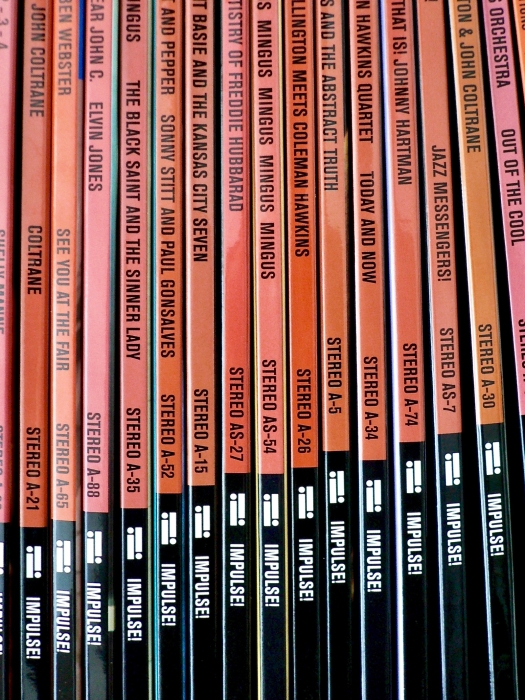
Put a vinyl record on your platter with some natural instruments recorded in a real space like classical music or Jazz. Drop the needle into the groove and you will get a soundstage, a size of the reproduced music, you will never forget. If I had to crown the king of sound stage reproduction – it would be a Jan Allaerts cartridge! It is not just the width of the virtual stage – there an Ortofon SPU performs also in a very special way, it is the space which will be reproduced in all three dimensions. The ability to show the depth of a concert hall is so special, that you will listening to well recorded classic for the next months!
Every instrument seems to be not a point on the stage instead you will hear a three dimensional event, if you close your eyes there is no localisation of your (well placed) speakers possible anymore – a miracle. But there is more….
The Allaerts cart has the ability to reproduce the dynamic swings of the music in a way, which is not far away from legendary DECCA London cartridge (another story….), it can produce the finest dynamic shades as it can deliver the big picture in a enormous way. The MC1 Boron can be brutish as well as smooth and tender in a fraction of a second, it can reproduce the dynamic shades in an instant, the speed of that little golden HiFi candy is outstanding.
But if you think now – ok, that sounds as if an Allaerts cart will be an anlytical and ultra precise piece of equipment – you are not totally right – because the MC1 Boron has a type of a velvety performance which is hard to describe. The basic gesture of this cart is neutral – very neutral – but there is a oh so slightly smoothing at the top end and there is a very, very little emphasis in the midband which is a tiny portion of 1 db in terms of gain – but the Q of it is very broad – you will not face a shining light at a small portion of the midband – it is the whole midband which is affected in a very sensitive way. The Bass performance is also one of the best I have ever heard – it is not the heavy hit, you get with a My Sonic Lab cartridge nor is it the punchy style of an EMT JSD5, it is all together dressed in a fine Giorgio Aramni suit.
The three dimensionality of the MC1 Boron is sometimes spooky, it has the ability to display sound sources far away from the point were your speakers are located, this ist true for the width of the stage as also the depth. If you listen with your eyes closed, there might be a good chance, that you sometimes think something or someone is with you in your listening room. The palette of shades the Allaerts MC cart can produce is so colourful and saturated, that, your brain does not have to abstract from the instruments or vocals to accept the reproduced sound as something real.
If there is one section were we can find a small foult it will be the quiet ride in the groove – the Allaerts is not the pinnacle of what is possible in this regard, it shows you clearly the state of your vinyl collection, so a proper vinyl cleaning machine is welcome. For such a highly detailed cartridge this small restriction must be accepted.
Is there something comparable to a Jan Allaerts cartridge?? – I am afraid it is not….It is no surprise that these little gems gain a legendary status in the ultra High End scene – it is one of the best MC – cartridges, money can buy!
As Jan Allaerts rebuilds used cartridges to their original specs, which means retipping, a new cantilever and also recharging of the Anlico magnets – your journey to an Allaerts cart could start with buying one in the used market, but be sure it is in its original state, because Jan denies any inquiry if the cart is modified in any way, which is something I can perfectly understand! If you want to have ONE super cartridge, a Jan Allaerts could be the end of your search, it does not have any favourite discipline, it can rock, swing, and boogie it will give you some unforgettable moments with classical music or Jazz as it can give you goose bumps while listening to a well recorded vocal!
Stay tuned
E. Strauss

